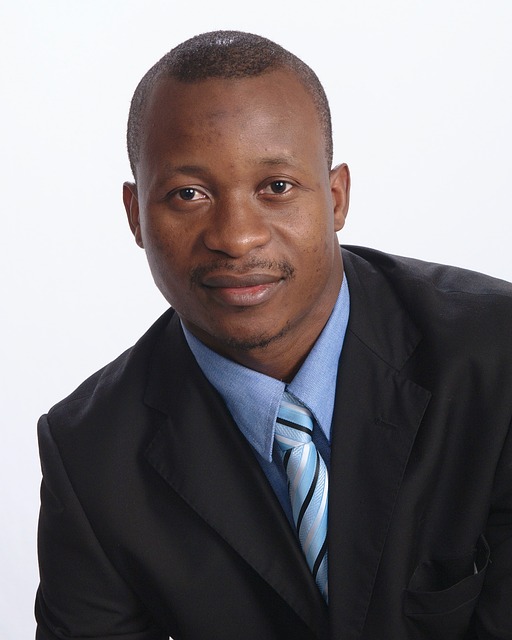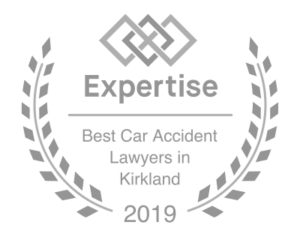John Henry suggests reading David Ball on Damages for closing argument considerations. Ball tells us closing is a time to enlist favorable jurors. This means closing is the time to give jurors on our side one line arguments for us and against defense. I use a combination of Ball, John Henry and my gut feeling.
Connect the Dots. Although Ball teaches do not rehash what the jurors have seen and heard during the trial, I begin by summarizing the evidence. In this way I put the pieces of the puzzle together for the jurors to make sure they get it. John Henry convinces me this makes sense because the other side will give their rehash version, so a brief connecting the dots shows our story is demonstrated through the evidence.
Jury Instructions. Next I cover the jury instructions. This means we discuss the instructions in a plain English common sense way. We show how the instructions guide us to the decision in our case.
Ball Method. I then use Ball’s method word for word: “In a little while you will go into the jury room and you will have two jobs. One of your jobs is to answer the questions the judge has given you. Your other job is to explain to jurors why you feel the way you do about each question.”
“If someone says it is wrong to sue, tell them we sued because defendant rear ended Judy and this caused Judy injuries.”
“Tell them we are forced to come to court because defendant says Judy cannot have significant injuries because the bumpers do not show damage.”
“Remind them this case is about Judy Brown’s body not her car bumper.”
“If someone says defense doctor testified Judy was only injured for six to eight weeks, ask them how does this make sense when Judy’s treating doctor ordered physical therapy, referred Judy for surgery, and this treatment took over one year.”
If someone says Judy had preexisting neck and back problems, tell them her preexisting conditions make Judy more likely to be injured.” Remind them that the preexisting problems did not prevent Judy from doing her hobbies and physical activities before the collision.”
The Ask. John Henry and I consider trying Judy’s case on general damages alone as opposed to including the medical specials with the general damages. I decide to go the old fashioned way and include the specials. The specials are $35,000 and my generals are over $130,000. (When specials are far less are than generals the low specials are an anchor that may bring down generals damages- thus the theory of trying the case only on general damages).
I decide to use the itemize the damages approach. Thus, my proposed damage instruction (which the court uses) includes the specials. We create a power point using our damage instruction and setting forth an amount next to each element of damage: For past medical expenses___, for past disability___, for past loss of enjoyment,___, for past pain and suffering___. Next we show the time frame for future loss using the life expectancy instruction. As with the past elements, we itemize each damage element for the future. The end result is a total amount similar to the amount we said we are requesting in opening.
Rebuttal. There are schools of thought on rebuttal. Some maintain be brief on initial close and back load the guts of the close for the final say in rebuttal. We decide to front load the close as above and use a short statement for rebuttal. I prepare several possible short rebuttals and go with my gut when the time comes so my rebuttal is brief and fits the closing as it has evolved.
Post Footer automatically generated by Add Post Footer Plugin for wordpress.

 Today we start a New Year-my first full year as a lawyer, John Henry talks about habits of a quality lawyer. Habits to develop and stay with through my legal career. The habits center around the concept “Do It Yourself.”
Today we start a New Year-my first full year as a lawyer, John Henry talks about habits of a quality lawyer. Habits to develop and stay with through my legal career. The habits center around the concept “Do It Yourself.” Today John Henry talks to me about “professionalism.” He begins by telling me I will soon develop a reputation among lawyers, judges, court clerks and bailiffs, court reporters and people in the community. He tells me my reputation the long run is all I have. John Henry makes a big deal about “professionalism.” He tells me I must practice law at my highest level at all times. He tells me I must look like a professional, speak like a professional, write like a professional and be a professional.
Today John Henry talks to me about “professionalism.” He begins by telling me I will soon develop a reputation among lawyers, judges, court clerks and bailiffs, court reporters and people in the community. He tells me my reputation the long run is all I have. John Henry makes a big deal about “professionalism.” He tells me I must practice law at my highest level at all times. He tells me I must look like a professional, speak like a professional, write like a professional and be a professional.